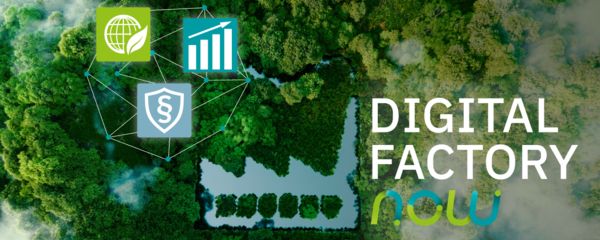Digital factory
Small things make a big impact: Process optimisation in existing workflows is one of the most effective levers for making production and manufacturing more resource efficient. Often, even small steps yield quick, noticeable, and sustainable results.

3 to 5% transparency regarding your data (statistical mean value) and you have already created added value for individual processes.





